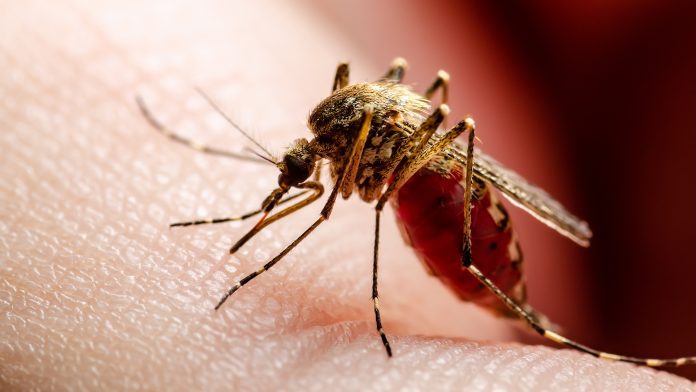
The World Health Organization (WHO) has released a new operation manual on the control, surveillance, monitoring and evaluation of leishmaniasis.
Leishmaniasis is caused by Leishmania parasites, which spread the disease through the bites of infected female phlebotomine sand flies. The flies then feed on human blood before producing eggs, which can make patients seriously ill.
WHO has published two key guidance documents for programmes and researchers in an effort to combat the impact of leishmaniases. The guidance includes a report of a multi-centre laboratory study and a manual on leishmaniasis vector control.
What is leishmaniasis?
There are three main forms of leishmaniasis:
- Visceral leishmaniasis: This is characterised by fever and weight loss, which can be fatal if left untreated. It can also lead to enlargement of the spleen and liver and anaemia.
- Cutaneous leishmaniasis: This is the most common form of the disease. It causes skin lesions and ulcers on exposed parts of the body. These can leave permanent scars on the skin and result in disability and stigma.
- Mucocutaneous leishmaniasis: This causes the partial or total destruction of the mucous membranes in the nose, mouth and throat.
Vector control has been identified as a weakness in the prevention, control, and elimination of leishmaniasis. According to WHO, resources and scientific evidence on interventions for leishmaniasis have been inadequate.
The operational manual provides practical tools, techniques, and procedures to improve sand fly control and surveillance. The manual also provides a rationale for programme healthcare managers in affected areas.
“We have endeavoured to prepare a global manual to address key aspects of sand fly vector surveillance, control, monitoring and evaluation. This is a much-awaited manual on this subject,” said Dr Saurabh Jain, a scientist at WHO’s Department of Control of Neglected Tropical Diseases.
“This work is the result of extensive global expert consultations and contributions, and a peer review conducted in all six WHO regions,” he added.
Creating a global database on insecticides resistance
Prior to these documents, there was no global database on the resistance of sand flies to insecticides. Understanding this relationship is key to improving the management of leishmaniasis.
WHO completed a global multi-centre laboratory study in 2020–2022 to determine the diagnostic and discriminating concentration of insecticides used for leishmaniasis vector control. Insecticide resistance was monitored in populations of mosquitoes through bioassays with filter papers containing a standard concentration of an insecticide. WHO’s findings informed the recommendations and have been included in the guidance.
“These two documents fill a major historical gap in WHO’s guidance for vector surveillance and control, and monitoring insecticide resistance in field populations of sand fly vectors in line with the Global Vector Control Response 2017–2030,” said Dr Rajpal Singh Yadav, coordinator of the multi-centre study.
“Entomologists, researchers and the public health community can benefit by procuring insecticide test papers and carrying out resistance studies before implementing insecticide-based control programmes,” added Dr Raman Velayudhan, head of Veterinary Public Health at WHO.
“We hope that Member States will generate and share data to create a global database on sand fly resistance and develop threats maps for resistance management,” he added.

























